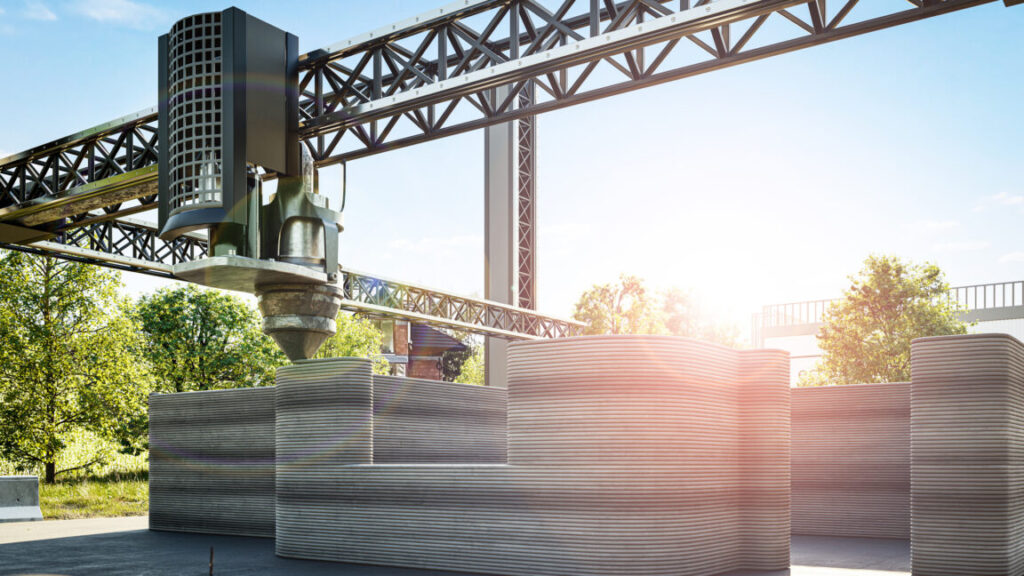“Impact printing” is a cement-free alternative to 3D-printed structures

Recently, construction company ICON announced that it is close to completing the world’s largest 3D-printed neighborhood in Georgetown, Texas. This isn’t the only 3D-printed housing project. Hundreds of 3D-printed homes are under construction in the US and Europe, and more such housing projects are in the pipeline.
There are many factors fueling the growth of 3D printing in the construction industry. It reduces the construction time; a home that could take months to build can be constructed within days or weeks with a 3D printer. Compared to traditional methods, 3D printing also reduces the amount of material that ends up as waste during construction. These advantages lead to reduced labor and material costs, making 3D printing an attractive choice for construction companies.
A team of researchers from the Swiss Federal Institute of Technology (ETH) Zurich, however, claims to have developed a robotic construction method that is even better than 3D printing. They call it impact printing, and instead of typical construction materials, it uses Earth-based materials such as sand, silt, clay, and gravel to make homes. According to the researchers, impact printing is less carbon-intensive and much more sustainable and affordable than 3D printing.




